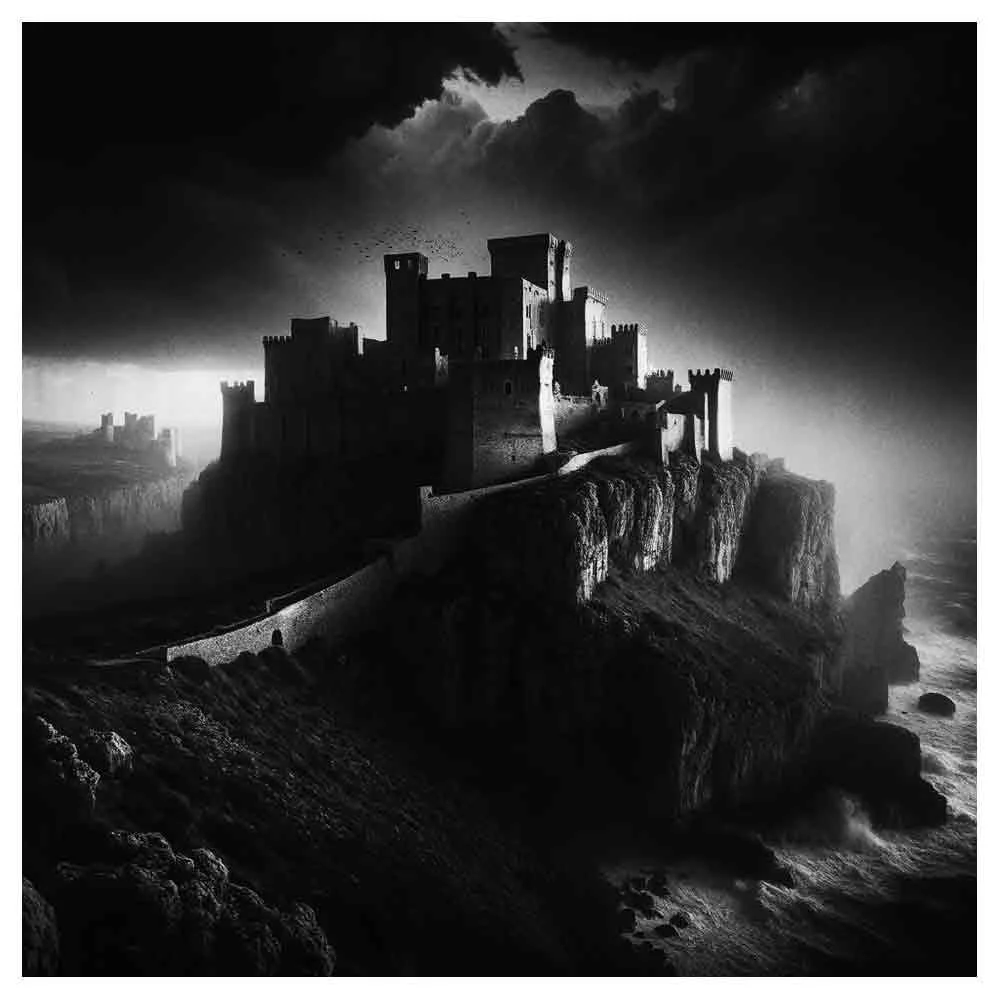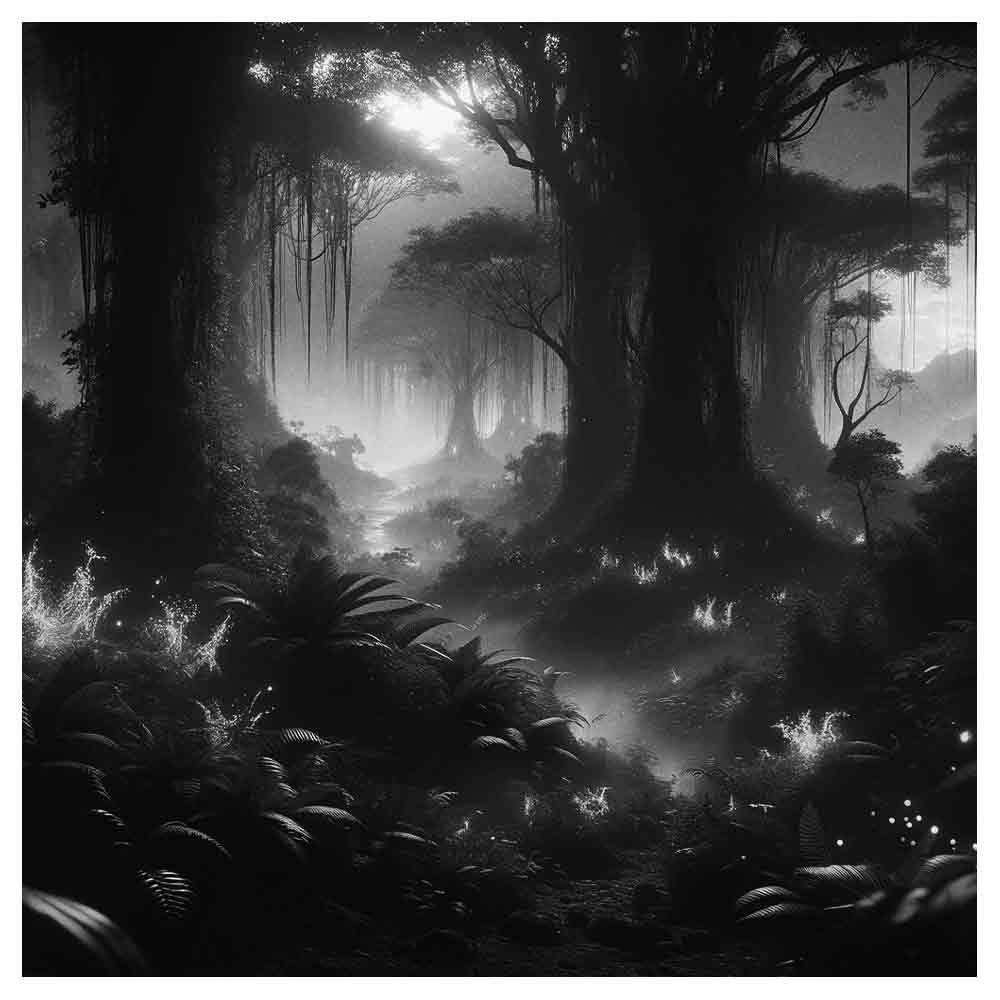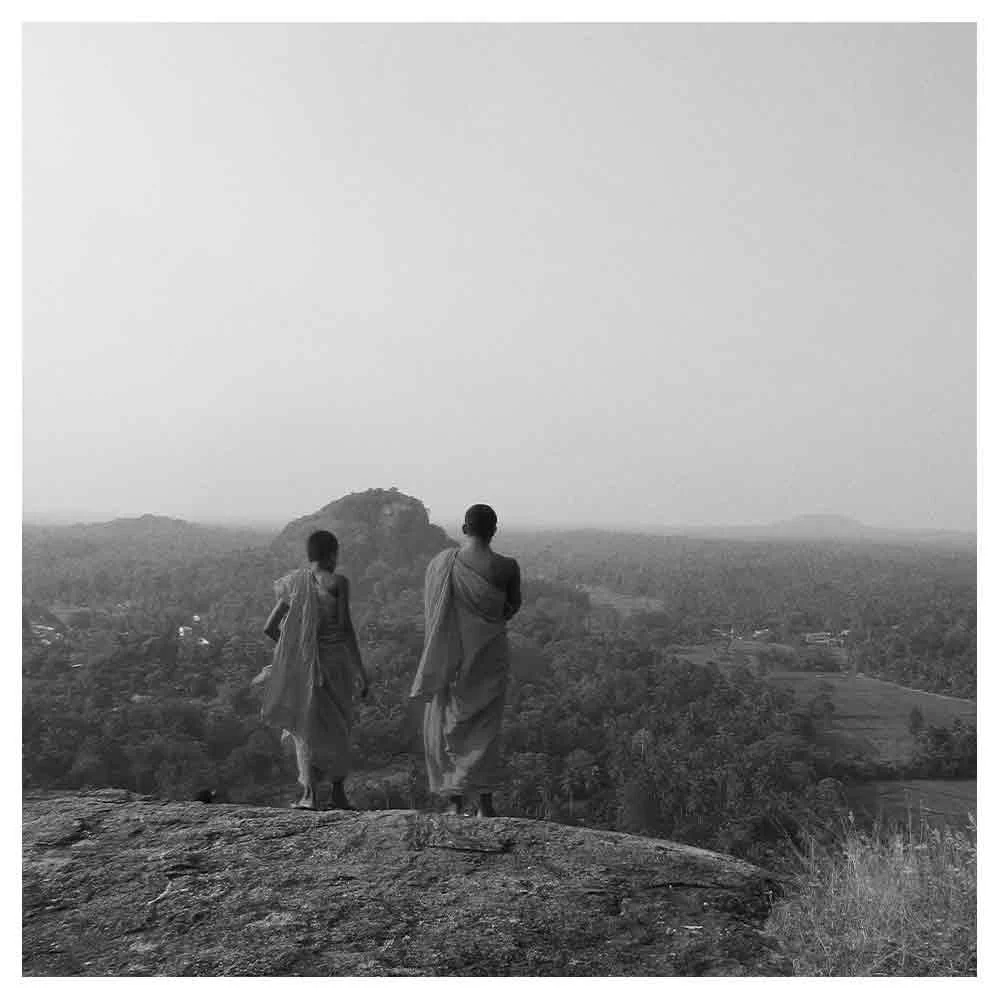What Is The Setting Of A Story
Setting. It's a word that might seem insignificant when you begin writing your story. However, underestimating its importance can be a fatal mistake. Every great story is nestled comfortably in the cradle of its setting.
The setting plays an essential role as it helps the reader understand where the action story takes place and the societal and cultural surroundings that influence the characters.
The Spectrum of Settings
The setting of a story can be as simple as a small town or as vast as a futuristic universe in a science fiction narrative.
It is not just the physical location but an amalgamation of the time period, weather conditions, immediate surroundings, and even the scene's mood.
Story settings span various genres, from the fictional world of Middle Earth to the real-life big-city settings of contemporary dramas.
Each story has locations and places where the stories' characters spend significant parts of their lives.
Environmental and Temporal Settings
The environmental setting is where the natural world meets the fictional world. It's not just the geographical or geographic location; it also includes the weather and climate, the flora and fauna, and the physical landscape.
On the other hand, the temporal setting involves the period of the story. Whether it's a specific historical period, like the Jazz Age or the Great Depression in historical fiction, or an indefinite future in a sci-fi tale, the time setting profoundly impacts the plot and character development.
Cultural Surroundings
The societal and cultural surroundings are essential to the story's setting. From societal norms to historical events, they shape the character's life and choices.
For instance, a story set in the roaring 1920s will starkly contrast with one set in the puritanical Victorian era.
The Essence of a Great Setting
A great setting is more than a mere backdrop setting. It is an integral part of the story, influencing the plot, character development, and even the story's themes.
It creates a believable world that engrosses readers and enhances their experience.
Setting Detail and Descriptive Words
How does one write setting detail that breathes life into a story? The key lies in the artful use of descriptive words.
Engage the five senses to paint a vibrant picture of the scene or setting. Let the reader hear the hustle and bustle of the big city, taste the salt in the sea air of a coastal town, or feel the bitter cold of a winter night.
Character Development
The story's setting plays a critical role in character development, and it influences the main characters' actions, attitudes, and motivations.
For instance, a character growing up in a rural setting will have a different perspective on life than one raised in a bustling metropolis.
A Journey Through Settings
From the magical confines of Hogwarts in the Harry Potter series to the oppressive dystopian society in Margaret Atwood's "The Handmaid's Tale," setting examples in literature are as diverse as they are impactful. Here are a few examples.
The Setting of the Natural World
The breathtakingly vivid portrayal of the wilderness in Jack London's "The Call of the Wild" evokes an emotional response from the reader.
The brutal cold of the Klondike Gold Rush serves as a stark backdrop to the tale of a domesticated dog's transformation into a creature of the wild.
The Setting of a Fictional World
In the Harry Potter series, J.K. Rowling creates an incredible setting that is as much a character as Harry, Hermione, or Ron.
The wizarding world, with its magical schools, secretive ministries, and quirky shops, is the perfect backdrop for Harry's adventures.
The Setting of Science Fiction
Authors often create entire worlds or even universes around individual settings in science fiction.
For example, the "Dune" series by Frank Herbert unfolds on the desert planet Arrakis, where water is the most valuable commodity, and gigantic sandworms roam the dunes.
The Setting of Historical Fiction
Historical fiction often recreates real-life settings from specific periods. In "To Kill a Mockingbird," Harper Lee transports us to a small town in the American South during the Great Depression.
The setting provides the stage for exploring themes like racial injustice and moral growth.
Crafting the Perfect Setting
When writing a well-crafted setting, it's crucial to consider both the physical landscape and the cultural surroundings.
While the former gives readers a tangible sense of place, the latter provides context and depth to the story and its characters.
First Hand Research
One effective way to create a compelling and authentic setting is through first-hand research. Visit the location, or if you're making a fictional world, gather inspiration from the natural world or existing areas.
Experience the sights, sounds, and smells of the place. Then translate those experiences onto the page.
Painting the World with Words
Aim to create a detailed picture without overwhelming the reader with unnecessary information. The reader's experience should be immersive and precise.
Incorporate setting details naturally into the story, subtly weaving in descriptions with the story's action and dialogue.
Contrasting and Comparing Settings
Sometimes, the story setting can be more than one place, or there could be a stark contrast between two locations in the same story.
This contrast could underline differences in characters' lives in various settings or emphasize a transformation or journey.
Setting: The Soul of the Story
The setting of a story plays a significant role in establishing the story's atmosphere, influencing the characters, and driving the plot.
Remember, a great story is about more than just what happens. It's about where and when it happens and how those factors interact with the characters and the plot.
In conclusion, the setting isn't just the stage for the action but the story's soul. It's the fictional world that becomes real in the reader's mind. It's a small town that comes alive with the gossip and stories of its inhabitants. It's a spaceship's eerie silence in the universe's far reaches.
Whether Middle Earth, Hogwarts, or a small town in Alabama, a well-written setting breathes life into the narrative, enhancing its impact and resonance.
Frequently Asked Questions about Story Settings
Why is the Setting Important in a Story?
The setting plays an integral part in shaping the plot and the characters, providing context for the character's actions and behaviors.
A well-crafted setting can evoke an emotional response from the reader and contribute to the overall mood and theme of the story.
How Does the Backdrop Setting Affect Character Development?
The setting profoundly influences character development, shaping their worldview, attitudes, and responses to different situations.
For instance, a character living in a dystopian future will have a different outlook on life than one living in a peaceful rural setting.
What are the Different Types of Settings?
Settings can be categorized based on different criteria. They can be real (like New York City in the 1920s) or fictional settings (like Middle Earth in "The Lord of the Rings").
Settings can also be temporal (a specific period), environmental (the physical and natural world), or cultural (reflecting societal and cultural norms).
How Can I Write a Good Story Setting?
To write a compelling setting, engage all five senses to paint a vibrant picture. Include details about the place, time, weather conditions, and immediate surroundings.
To create a believable world, consider the social and cultural context. Consider first-hand research or thorough investigation to lend authenticity to your setting.
How Can I Use Setting to Enhance the Plot?
Use the setting as more than just a backdrop. Let it influence the characters' actions, serve as a conflict, or contribute to the mood and themes of the story.
For instance, a creepy, isolated setting in a horror story can enhance the sense of dread and suspense.
Can a Story Have Multiple Settings?
Yes, a story can have multiple settings. Sometimes, different settings can highlight a stark contrast in the main character's life or illustrate their journey or transformation.
For example, a story might start in a small town but move to a big city, reflecting the main character's personal growth or changes.
What is a Setting of a Story Example?
An example of other elements of a story setting is the wizarding world of Hogwarts in the "Harry Potter" series.
This setting includes the school's physical location, the modern era's temporal environment, and a secret magical society's societal norms and rules.
How Can You Identify the Setting of a Story?
To identify the setting of a story, look for details about the physical location, time period, weather conditions, societal and cultural norms, and the story's overall mood. These details can be found throughout the narrative, often in descriptive passages, dialogue, or even character thoughts and feelings.
What is the Plot vs. Setting of a Story?
The plot of a story refers to the sequence of events and actions that make up the main storyline. The setting, on the other hand, is the environment or backdrop against which these events unfold.
While the plot is what happens in a story, the location is where and when these happenings occur.
What is Story Setting Description?
A setting description is a writer's portrayal of the place and time where the story occurs. It includes specific details about the physical location, climate, natural and artificial features, societal and cultural conditions, and the historical or temporal context.
How Does Story Setting Affect Plot?
The setting of a story can significantly influence the plot. It can determine the kinds of actions and events possible within the story, provide obstacles or opportunities for the characters, and contribute to the overall mood and themes of other stories within the plot.
For instance, a story set in a war-torn country might involve plots of survival, escape, or resistance.
How Does Story Setting Affect a Character Example?
The setting can profoundly influence a character. For example, in "To Kill a Mockingbird," Scout's experiences and worldview are directly affected by the location of a small town in the South during the era of the Great Depression and racial segregation.
That time's societal norms and prejudices shape her understanding of justice, morality, and human nature.
What Should a Setting Include?
A well-developed setting should include details about the physical location, the period, the societal and cultural norms, and the environmental conditions.
It should also evoke a sense of atmosphere or mood that aligns with the theme and tone of the story. The setting can be explicitly stated or subtly suggested through details in the writing or narrative.






























